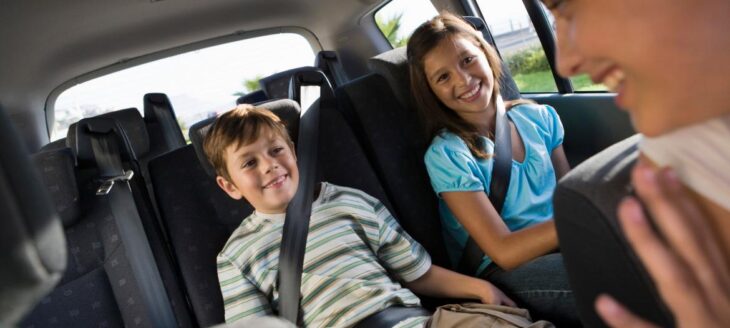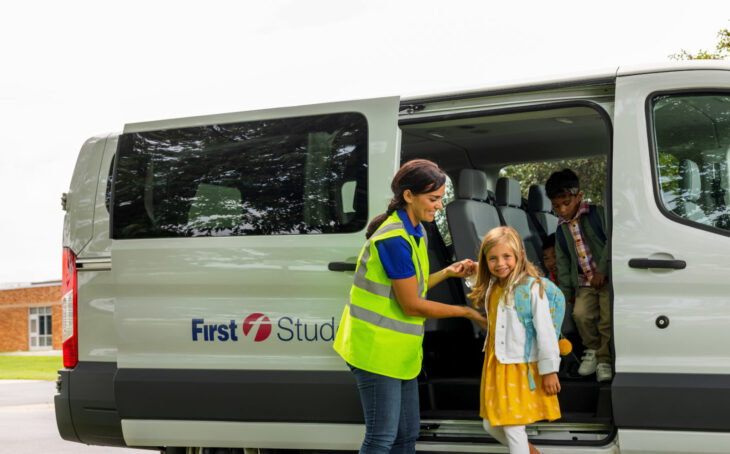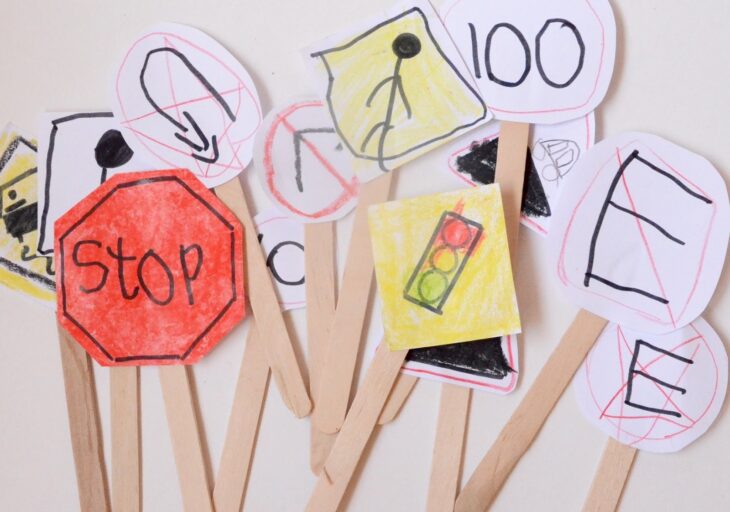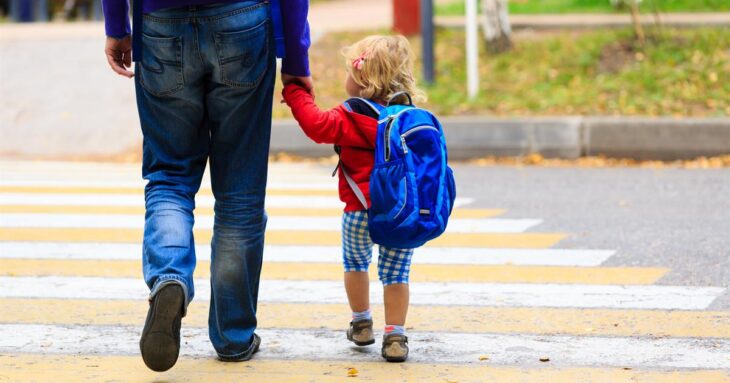Every year, traffic accidents kill or seriously injure thousands of children in the United States. Car crashes are the leading cause of death for children ages 13 and under, according to the National Highway Traffic Safety Administration. This organization offers several resources for parents who want to use car seats and seat belts correctly.
Drivers play a significant role, as they are eventually responsible for the safety of the children. Because they transport in their vehicles and should comply with all the precautionary measures required by law to prevent accidents.
Here I will share 5 tips to ensure the safety of children in the car and you can learn more at tomkileylaw.com about the car seat law for children.
Contents
Always use the seat belt

Source: driver-start.com
According to a recent study by the World Health Organization (WHO), traffic accidents are the second leading cause of death in children between the ages of five and fourteen. A surprising fact that reveals the duty of drivers to apply the corresponding traffic regulations in order to protect the life of the children they transport.
Although all passengers in the vehicle must wear a seat belt before the car starts. Children under 2 years of age must always travel in the rear of the vehicle facing the rear.
In Congress, a bill passed in the first debate that would require the installation of restraint systems for child safety seats in vehicles and encourage to use, thus reducing the mortality by 90%, of children in accidents traffic.
Likewise, children under 10 years of age cannot travel in the front seat but, by law, must do so in the rear seats of the car with the seat belt properly adjusted.
Finally, and although it seems like a curious or funny scene, it is essential to remember that two children should never be fastened with the same seat belt. On the contrary, each passenger must use the one that corresponds to him and adjust it according to his measurements.
Entertainment Systems
Children and cars are often not the best combinations, especially when it comes to long trips.
For this reason, to avoid uncomfortable situations inside the vehicle that could bother the driver, it is best to keep children busy or distracted with different entertainment options.
It is necessary to have a battery in good condition that guarantees the proper functioning of the car’s electrical system so that children can watch and listen to the movies and songs they like the most. Thus, it can help to abstain children from other essential elements of the vehicle such as engine ignition, lights, and air conditioning.
Clear rules on behavior

Source: babycenter.com
It is important to remind children that they should not put their heads, hands, or feet out of the car windows, since according to several studies, this is one of the main causes of vehicle accidents.
Teach them never to climb on or play with the door lock while the car is in motion, so make sure you always lock the child lock during long journeys.
Comfort (like safety) first
Although it seems incredible, one of the factors that most influence the behavior of children inside the vehicle is comfort.
For this reason, it is recommended that they go with comfortable, light clothing and, above all, appropriate to the temperature inside the car.
However, even in winter or rainy seasons, children are not advised to travel with coats or bulky clothing, as it has been proven that this reduces the effectiveness of passive safety elements for both children and adults.
As for the summer seasons, it is recommended that drivers first check the temperature inside the cabin before getting children into the car.
Arrange transport with an organization vehicle

Source: firststudentinc.com
If transport is done with the organisation’s minibus, the safety rules are of course the same. It will also be necessary to manage the question of the insurance of the vehicle. If this is a vehicle with more than nine seats, you will need to call on a driver holding a D driving licence. Beware of the restrictions indicated on the licence! Thus, a D license holder can see his travel radius limited to 50 km for vehicles with more than fifteen seats if he is not a professional transporter.
Road safety for children: 5 Tips
1. Accompany them to know the public road
The first thing that children should know is the public road and the main elements that are in it: sidewalk, track/road, berm, difference between pedestrians and vehicles, the different types of roads that exist (urban, interurban, street, highway, bike path, etc.), among others.
When you go out for a walk, take the opportunity to know and name each element you see on public roads. Going for a walk with children, apart from being very healthy and fun, is one of the best ways to teach them some of the basic concepts of road safety and reinforce learning.
2. Teach them the most important road signs

Source: practical-mom.com
Take advantage of the walk to show them some of the most important traffic signs, such as “stop”, or the colors of traffic lights and their meanings. Also, you can show them other signs that we found painted on the ground, such as the “zebra crossing” where they should cross.
3. Teach them to ride a bike responsibly
If your young son or daughter uses a bicycle (or scooter), they also need to learn about the rules that cyclists must follow and how they must travel on public roads (cycle paths or alternate routes, parks for children). It is important to educate them, from the first moment, about the importance of road safety when riding a bicycle. And not only recognizing traffic signs, but also wearing the necessary equipment, such as a helmet and reflective tape on the bicycle, for example. This must be in optimal conditions to ensure the child’s safety: brakes, pedals, tires, bell, everything must work properly.
4. Always pay attention when crossing the runway

Source: practical-mom.com
Crossing the track or road is possibly where you have to pay more attention. Explain to them that, before crossing, they must look to the left and to the right, to make sure that no type of vehicle is coming. Remind them to cross on the side farthest from the cars and always when the pedestrian light is green.
Explain to them that they should walk across and not run, as they may trip. If you don’t have time to cross to the other side, you’d better wait for the next traffic light to change. There should be no rush.
5. Give them security recommendations
Finally, before going out, we must give our little ones some recommendations to stay safe on public roads and reduce the chances of suffering any type of accident. For example, do not walk near the edge of the sidewalk, do not throw objects on the ground, never stand behind parked vehicles, be careful with the entrances and exits of cars, such as carports and garages, etc.
Also, when taking pets for a walk, they should always be on a leash and walk along the sidewalks or parks. Never on the slopes. All these habits will be learned from the example of parents, so we must take into account all these recommendations as well.
Road safety for children is important for their development as citizens. It will allow them to be responsible and respectful, as well as to learn to be more careful on public roads, and to avoid and prevent possible accidents. Remember that the knowledge they learn in their childhood will serve them for a lifetime.
